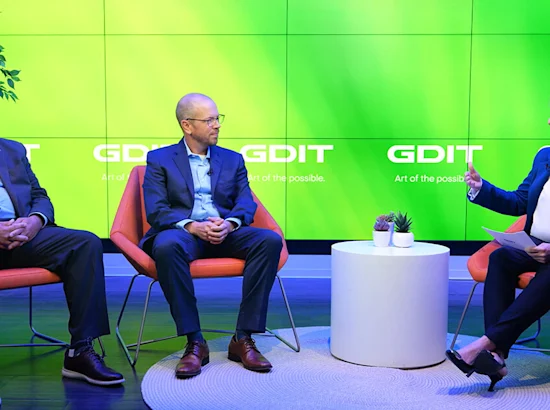Amid a deluge of engineering data and a proliferation of new design tools, the Department of Defense is asking mission partners to transform their traditional, document-based processes to digital engineering methodologies.
Digital engineering is a holistic engineering approach that uses modeling and simulation to lower costs, reduce risk, and increase design quality throughout the entire lifecycle of a project. It drives collaboration and agility at every phase of the engineering process, which ultimately leads to an improved end product for users.
A New Digital Engineering Approach
While the direction to use digital engineering approaches is a logical one for the DoD, many organizations need help beginning their digital engineering journey – starting with what tools to use, how to use and integrate them, and how to transition to digital engineering capabilities. Additionally, for many of these organizations, the linear engineering processes of the past are firmly entrenched and no longer manageable. Requirements change, testing can fail, and budgets and schedules can shift.
Recognizing this reality, GDIT developed an approach that helps mission partners adopt digital engineering in a way that is in line with the DoD’s strategic goals around digital engineering. It’s a model-driven, standards-based, and collaborative approach that applies to a versatile set of use cases.
These include a model-based cyber approach in support of continuous Authorization to Operate, requirements traceability, cross-platform communication, data visualizations and more. It results in information integrity, reduced lifecycle costs, faster responses to changing requirements, and reduced development risks.
Real and Immediate Customer Benefits
Customers say this digital engineering approach gives them a more cost-effective design process and the ability to quickly access and validate engineering data. It allows them to leverage automation to reduce the number of design or engineering revisions. Importantly, it also provides enduring and authoritative sources of truth, enables collaboration and communication across stakeholder groups, and supports an entire digital engineering lifecycle.
Our digital engineering approach was developed after years of collaboration with Department of Defense customers. It is in use today and constantly evolving to meet a unique set of mission partner needs.
As an example, for a large U.S. Air Force program, we used our digital engineering approach to build a robust model-based systems engineering environment, a model-based IT infrastructure, and automated workflows using digital threads, which create simpler, universal access to data. GDIT also partnered with our fellow General Dynamics business unit, General Dynamics Land Systems, and the U.S. Army to successfully pilot a repeatable digital engineering approach. We’re implementing the approach today, working in close collaboration with the customer.
Digital Engineering: DoD and Beyond
Through our digital engineering work, we are helping to modernize how our customers advance mission-essential technologies. As a result, stakeholders are able to make data-driven decisions at mission speed.
We expect digital engineering to continue to become a part of the DoD engineering fabric, and for other government agencies to embrace digital engineering as well. And the reason is clear: It is a valuable, transformational engineering approach that has incredible benefits.
We look forward to collaborating with customers as they begin to incorporate digital engineering and as others evolve and mature their existing digital engineering capabilities.






